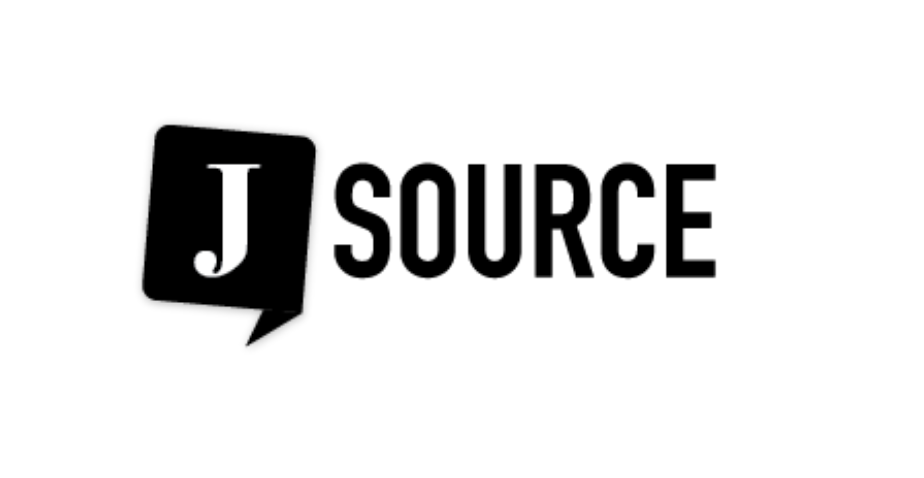Long before candidates hit the trail, the Toronto Star knew it wanted to do something big, and interactive, for Ontario's provincial election. Rhiannon Russell goes behind the scenes of the Star's mega Speak Your Mind project.
Long before candidates hit the trail, the Toronto Star knew it wanted to do something big, and interactive, for Ontario's provincial election. Rhiannon Russell goes behind the scenes of the Star's mega Speak Your Mind project.
[node:ad]
When it comes to social media, not everything is reactionary. Months before the candidates hit the campaign trail, Toronto Star staff decided to spice up its election coverage in an interactive way. Planning for the mega project started in July.
“We tried to figure out how many voices we wanted,” says Stacey McLeod, the Toronto Star’s Speak Your Mind blogger editor, “and how we’d start pulling them in.”
The Star partnered with The Mark, Atomic Reach, and Appinions, to create Speak Your Mind. The forum is a range of voices and viewpoints, designed to encourage Ontarians’ participation and interaction.
The goal: have two community bloggers for each riding in Ontario – regular people who’d cover the candidates and issues in each district. “It was a bit of an experiment,” McLeod says. The Star published an application in the print edition and on its website, asking applicants to supply information about themselves, their journalistic experience (if any), potential story ideas and political affiliations.
Once the applications were submitted, The Mark jumped in. “We evaluated every application, and scored them … using an internal scoring system,” says Jeff Anders, CEO of The Mark. He and his staff were looking for people with creative ideas, good communication skills and an interest in their community. A journalism background wasn’t a requirement. They then contacted the top two applicants in each riding. Anders says they received thousands of applications, many from students and people who’d been involved in politics before.
He says there weren’t many applications from remote areas, so The Mark had to find people who’d applied to cover large, populous ridings, which received many applications, and select them to cover the smaller ridings.
A few were covered by bloggers with political ties. For example, a card-carrying Liberal covered Toronto Centre. McLeod says the Star asked applicants to be upfront about their affiliations and potential biases, then once these bloggers started writing, she kept a close eye on their posts. “It’s pretty easy to tell when someone’s trying to push something,” she says.
McLeod admits it was weird to proceed this way when, in normal circumstances, journalists take care not to align themselves with a particular political party. “As an editor,” she says, “It’s such a different experience to let that stuff happen.”
The Star also had to make some decisions about bloggers’ content. One of the biggest questions, according to McLeod: “Should we make it all uniform and CP style everything?” After consideration, the answer was no. “These aren’t real journalists,” she says, “They’re community bloggers.”
Another challenge was that some bloggers’ posts were very partisan. “If you don’t have a journalism background, it’s probably something you never had to think about,” says McLeod. “We had to tell people that they were representing the community and not themselves.” In these few cases, posts were rewritten and some bloggers had to be replaced.
The Mark also selected “expert bloggers” – people who are leading thinkers in politics and academia. The Mark shot over 50 video interviews with these experts (including David Miller, Bob Rae and David Peterson) about issues such as crime, economy, education and transportation.
Social media was a key part of the forum – there were Twitter chats with Star reporters and community bloggers, discussion forums and a Facebook page. McLeod says the articles were most popular. The Facebook page “didn’t seem to take off as much,” she says. Stories from the Star’s election reporters were also posted on the site.
The other partners – Atomic Reach and Appinions – both played a role in social media too. Atomic Reach pulled in posts to the Speak Your Mind site from all over the blogosphere. Appinions created widgets that measured trending topics on media sites and blogs.
“It was a herculean effort,” says Anders. The big questions were “Can we build this platform? Can we recruit 300 bloggers? Can we create the content we need to produce?”
McLeod agrees. “It was a very short time frame we were working in,” she says. She’s happy with how it turned out, though. The site will go offline this week as the Star prepares it for another Speak Your Mind project. For more on this, check out the letter from the Star’s Speak Your Mind editor, Shawna Richer.

